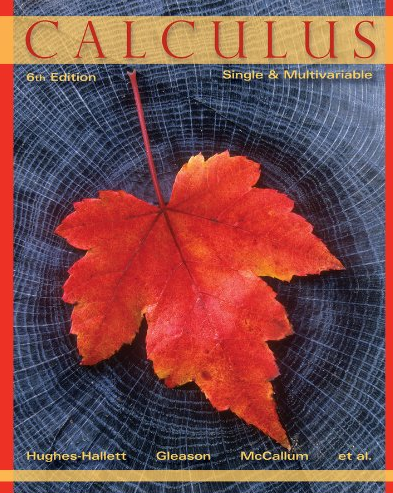
Spring 2016
Syllabus
Course Schedule
Images etc.

Images and other neat stuff
On this page I have placed various graphics related to the course. Click the links to see the images.- 01/28/16: I sketched the graph of \(f(x,y)=x^2-y^2\), which I claimed is a saddle shape (or technically, a hyperbolic paraboloid).
- 02/09/16: I discussed the level sets of the function \(f(x,y,z)=x^2+y^2-z^2\). Here are the three types of level set in the same picture.
- 02/11/16: We looked at continuity of some functions. In particular
- \(f(x,y)=\frac{x^3}{x^2+y^2}\) is continuous at \((0,0)\). This can be seen by looking at the graph of the function, which has no holes in it, or by looking at the contours of the function and seeing how they behave near the origin.
- \(f(x,y)=\frac{x^2-y^2}{x^2+y^2}\) is not continuous at \((0,0)\). Notice that there is a tear in the graph of the function and that the contours all seem to cross through the origin, suggesting that the limit cannot exist there.